Contents
Preppers are a resourceful bunch. It is no wonder they are often concerned with storing adequate fuel and energy, both for daily activities like cooking and for the rare emergency. Some preppers are fortunate to live in areas close to the woods or forest.
So wood is available in plenty (perhaps not as piled up as much as the Saviors did in that Walking Dead scene!), and can be used to create a fire needed for a burning stove. But for others, propane could be the next best alternative solution to provide fuel for heat and cooking.
Unfortunately, awareness and usage of propane is still limited to the odd cookout in the neighbor’s backyard. Or perhaps the isolated experience with a Coleman lantern. Either way, most people are likely to be inadequate in knowledge and in experience to use propane in times of need.
For instance, did you know that your very own vehicle could be used to run propane? Or the outboard motor or your cherished boat, or even that cool motorcycle. The lawnmower at your home too could run on propane. And yes, let’s not forget the electric generator. If you have one at your place, you could use it to fuel most of the electric needs of your house in times of need.
Today an increasing number of electronic and electric equipment are capable of running on propane. This includes refrigerators that are propane-compatible. You can pick a small one while you are on the go with your RV or a large one if you are committed to living off the grid, full time. Other equipment that can easily run on propane include furnaces, fireplaces, catalytic heaters, space heaters (with and without vents), water heaters, clothes dryers, gas lamps and even whole kitchen stoves.
You can also gladly include air conditioners in this list, including air coolers and other cooling equipment that works much like a gas-fueled fridge. The same also holds true for the salamanders (heaters) typically used on concrete in construction sites.
Do you live in an area with dubious drainage facilities? Then you will be mighty happy to know that propane can also entirely fuel your toilet. Yes, toilet! You can build a whole gas-fired toilet that will incinerate human waste immediately after the toilet is used. How is that for propane-fueled efficiency!
Safety
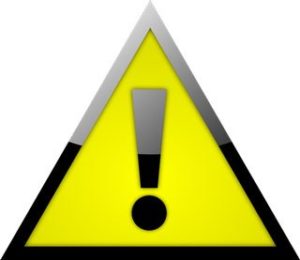
If you intend to learn more about propane’s usefulness in your life, safety and “safe-mindedness” are a good area to begin.
Propane has been in commercial use from the 1920’s (this was long before the amazing tax cuts of 2017 and before the Patriots began to cheat in the NFL). That is nearly a century’s worth of safety features that have since been included in propane-fueled devices. This includes your everyday camping gear, barbecue grills that are a summer favorite, and storage tanks. So if you intend to use any of these, begin by getting familiar with its safety features first.
For instance, consider propane-fueled storage tanks. They are built so as to be considered “full” at 80% capacity. This 80% is first filled with liquid propane, which incidentally cannot be compressed. But, the rest of the tank isn’t really empty. The remaining 20% is filled with gaseous propane, as it can be easily compressed. As you can see, this is a clever yet ultra-safe way to store propane. It is therefore vital that you become aware of it and use it right.
Now let us consider what happens if you ignore this safety feature. That means that you fill the tank to 100% capacity. And then, leave it out exposed in the sun. What do you think happens? The heat will cause the liquid propane to expand. This, in turn, will trigger the safety “blowout plug” that comes with the tank. This acts like a fuse and gives you the first and only warning.
But if the liquid propane content exceeds what can be held by the blowout hole, be sure that the tank will burst, dispensing a huge propane cloud. You now are in a fragile situation in this propane cloud, as a mere spark could ignite a full-blown blowout. And if you are in the area when it happens, expect for both you and your propane tank to go up in flames, up and away!
So, take care of safety first. No questions asked!
Practical Uses of Propane
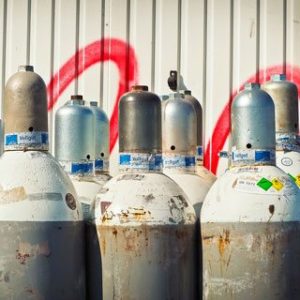
One of the more common (and perhaps convenient) uses of propane in homes includes propane-fueled lamps. In the 1900s, 3 big brands introduced gas lamps – Paulin, Mr. Heater and Humphrey. Surprisingly, these are still in use even today. As they are fueled by gas, they need to be connected to a gas line in your house and hence be stationed at one place (for this reason, they are typically wall-mounted). Now convert them to propane, and you can safely carry them all over the place. How is that for convenience!
Now you might be tempted to convert your gas lamp to a propane lamp. Great idea! But as always, take care of safety first. It is best for you to use the services of a certified technician, rather than try out the conversion all by yourself.
Looking for propane cylinders? You should know of those typically sold for soldering torches (especially for Bernz O Matic branded torches). These hold 400 gms of propane (14.1 oz.). Another good alternative is the camping lanterns and stoves (often called “one-pounders”) that can hold up to 465 gms (16.4 oz.). Both hold LPG, chemically known as C3H8, or more commonly, propane.
With that secret out, you might wonder if you can directly connect your everyday 400 gms propane camping lantern to a much bigger cylinder. Like a 20 pound tank. Yes, you can. You will even find these sold as a kit at the camping section at Wal-Mart or outdoor area at Lowes or The Home Depot. Century, Mr. Heater, and Coleman brands work best and provide you quality extension hoses.
There are also the wall-mounted lamps that run on propane, and so are the propane-fueled fridges. These are more likely to be used in small hunting camps and cottages that do not have direct access to electric or gas lines. As you can guess, both run on LPG (and America is becoming an energy powerhouse in natural gas but this is another topic), which is nothing but propane. Liquefied Natural Gas or LNG is methane (not propane).
Both LPG and LNG cylinders look very similar. But propane is typically stored in a highly pressurized state. Hence the nozzles used in LPG (propane) fueled equipment open to smaller holes. In fact, preppers need to be prepared for this. If you move to a different city or country and wish to connect your previously propane-fueled lamp or clothes dryer to a natural gas cylinder, you will need a conversion kit to connect the nozzles. Fortunately, these are easily available.
Propane is also much heavier than air, which means it “pools” at the bottom very quickly. This is also the reason it can get lethal that much more quickly. So if you fuel your boat with a propane cylinder, ensure its safety first. Or else, it can pool at the bottom, in the boat’s hull. And a tiny spark is enough to wipe the spark out of your life! To know more, search for “boat explosions” on YouTube, it comes with enough warnings. We have all scene Sahara when that boat exploded in that extreme scene in the Niger River!
Yet, it is safe enough to use when used wisely. In fact, you can also use it with adapters to fuel stove burners and camping lanterns that otherwise run on its more common cousin, butane.
Butane – A Close Cousin of Propane
Butane is found commonly used in camping lanterns, one-burner stoves, and even cigarette lighters. These can be refillable, or even disposable. To refuel, you will need to turn your refillable cigarette lighter upside down and fill butane through the small hole at the bottom. In fact, you will tangibly feel the lighter getting cold, as it fills with butane. Butane is a cold gas.
It is very commonly used in Mexico, so much so that it is even called “Mexican gas”. Here, butane rules over propane any day!
Butane is also used in cooking stoves. They are surprisingly convenient to use. They light up quickly (yet fairly safely), and can be turned up, down or even off equally quickly. They have a limit to low-temperatures. Therefore, they are not often used in lanterns, or even in state-park-camping solutions. In freezing weather conditions, a butane-fueled lamp is unlikely to light. So if you intend camping in the snow, watch out for Kovea, American Camper, and Glowmaster lamps, as these run on Butane.
Adapters & Substitutions
An increasing number of brands offer multi-gas solutions. For instance, consider the lantern sold by American Camper. It is made to run on Butane. Yet, it comes with an adapter that can connect either to a conventional 8-ounce Butane cartridge, or our preferred One-pound propane cylinder.
Chemistry geeks are sure to get a kick out of this. Given the right adapter, a piece of equipment that conventionally runs on Methane (C1), which is at one end of the spectrum, can also be made to run on Propane (C3), at the middle of the spectrum. Heck, it can also be made to run on Butane (C4) at the other extreme end. This can be done not just with lanterns, but also with clothes dryers, and other equipment too. Nice!
So which one should you use? Well, the smaller mini lanterns and stoves more often used tiny butane cartridges (which come in standard 110 g, 230 g, and 450 g sizes). These are more suited for backpackers. They also have a propane-butane blend (not pure butane), so they do not freeze, in freezing weather. These lamps have a threaded 7/16ʺ make coupling and are hence unlikely to let you down.
But wait, let us say you have screw-type lantern but want to use with the 8-ounce cartridge. Not compatible, you think? Thankfully, you can buy adapters.
It is also these adapters that come to our rescue when you want to refill your propane one-pounder from a much larger 20-pound cylinder. So they’re not just used to “convert” equipment over.
Finally, here’s one last tip for Butane enthusiasts. Let us say you’ve bought yourself a fancy butane fueled lantern. Study the instructions and you’ll find yourself looking for “gauze” or “wicks”. Oops, that’s a translation miss, possibly from the Chinese! What you need is a mantle, not a gauze or wick. Take note, before you visit the sporting store for a replacement.
What are the Risks Surrounding Propane?
Oh yes, there are risks. Remember, safety first. And if you don’t, here’s what can happen:
- You directly inhale propane vapors. (Not good.)
- You inhale a “combustible” product like carbon monoxide. (Gulp!)
- Your oxygen level gets depleted. (Disastrous!)
- There could be fire… and an explosion. (Potentially fatal!)
- You could be bitten by – hold your breath – “frostbite”, from a propane-leaking cylinder. (True story!)
Inhaling Propane Vapors
You might wonder what is so lethal about sniffing up a little bit of propane. By itself, propane is non-toxic. But once in the lungs, it can cause asphyxiation, where we are slowly depleted of oxygen. Now, this is surely fatal.
So how much of inhalation is bad? Not that you should go around sniffing propane. In fact, teenagers do indulge in this to get their high. They put a bag over a propane cylinder and inhale right from it. And sometimes, this can end with disastrous results, leading to suffocation, and even death. Not smart!
But anyway, the odd puff when you are changing cylinders, or connecting tanks, or even when you switch on a propane-fueled stove, is mostly harmless and not risky at all. The problem manifests itself when you go the teenager route and decide to consciously inhale propane for a longer period of time.
Oxygen Starvation
Think of these gasses as consumers of oxygen. This even happens when you use your gas stove or the oven. Or even the old wood stove or your kerosene lantern. In some cases, these appliances are “vented” (like the chimney surrounding your stove). This helps to get rid of combustible ingredients. But regardless, both vented and non-vented appliances use the oxygen that is already present in the air. And that is why it is lethal for you to continuously inhale propane. In time, it will swallow up all the oxygen in the surroundings, leaving you with nothing!

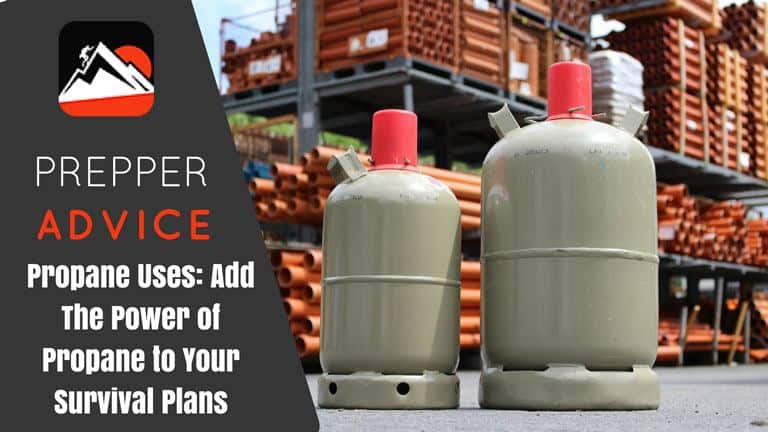

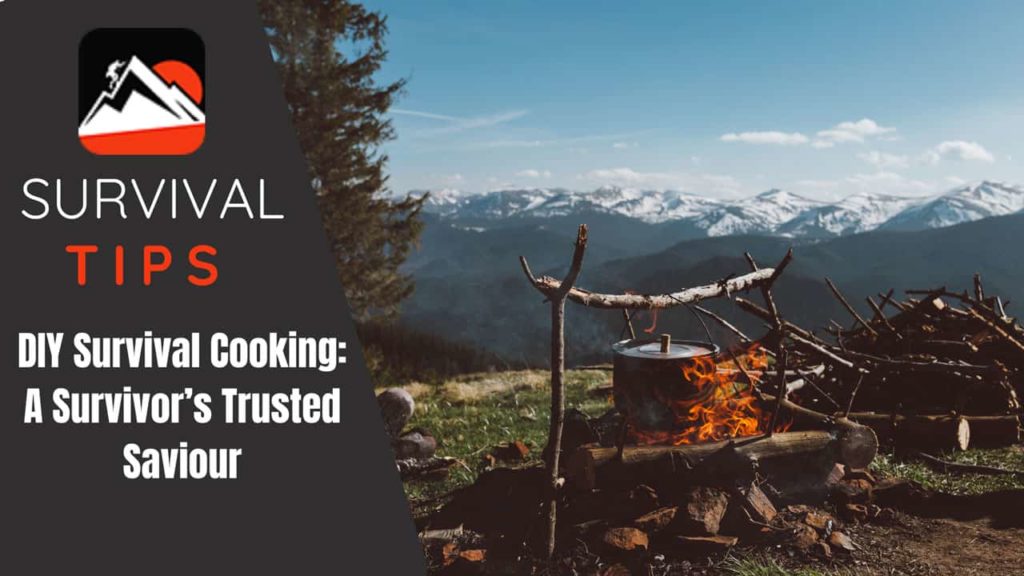
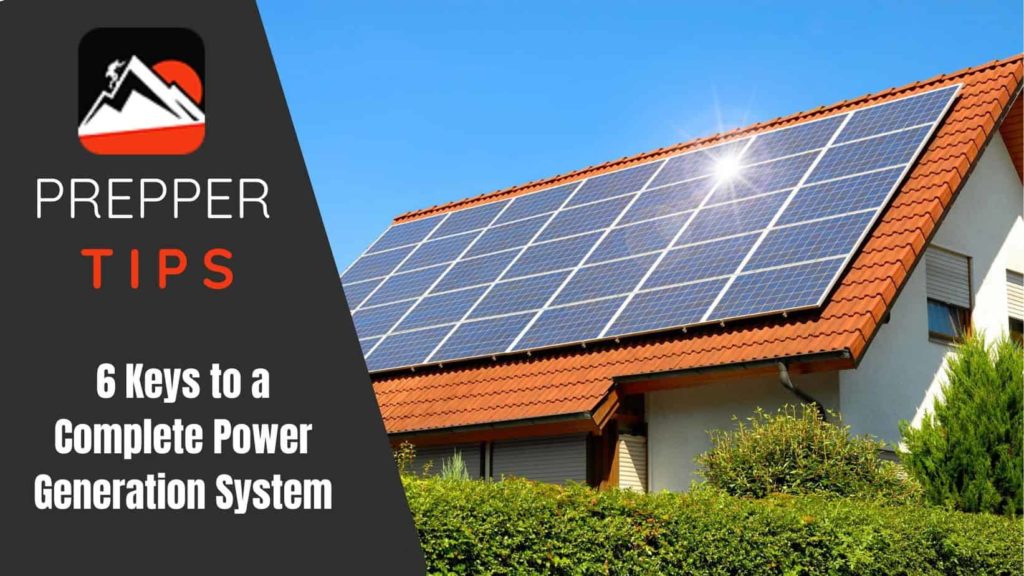
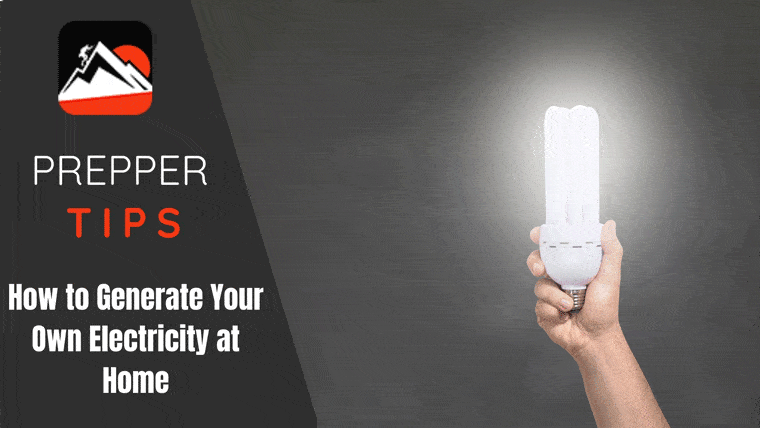
Very nice article, Thank you. I shared it with my group.
Be Prepared – Be Prayerful – Be Thankful – You are an American,
RangerRick
North Idaho
Propane lamps sound like a good backup lighting option if there are ever any electricity problems. I recently moved to an area that has a lot of severe storms, so I want to improve my emergency supplies to be prepared for the worst. I will have to look into getting some propane and propane lamps to store with my emergency kits.